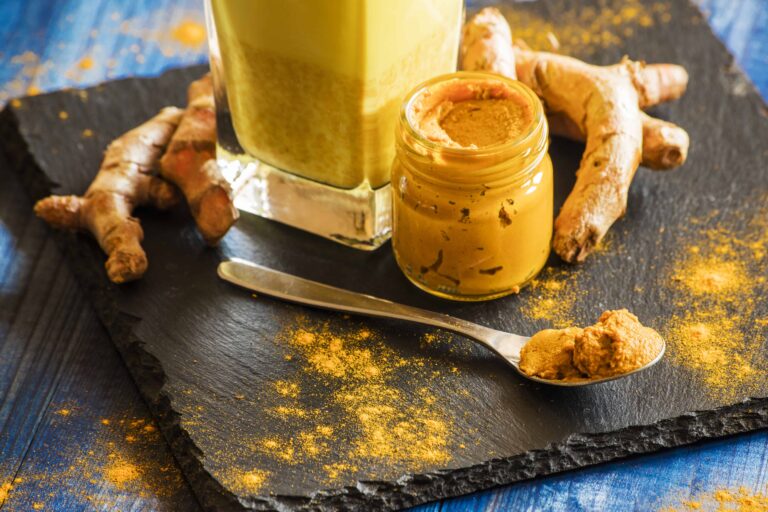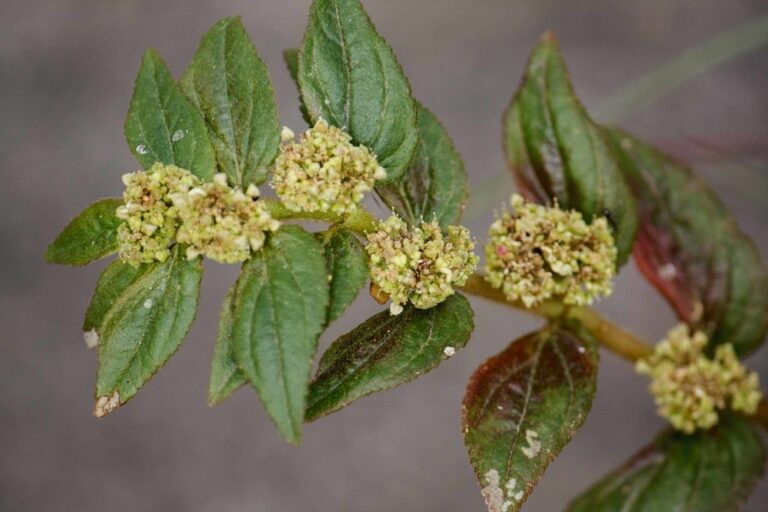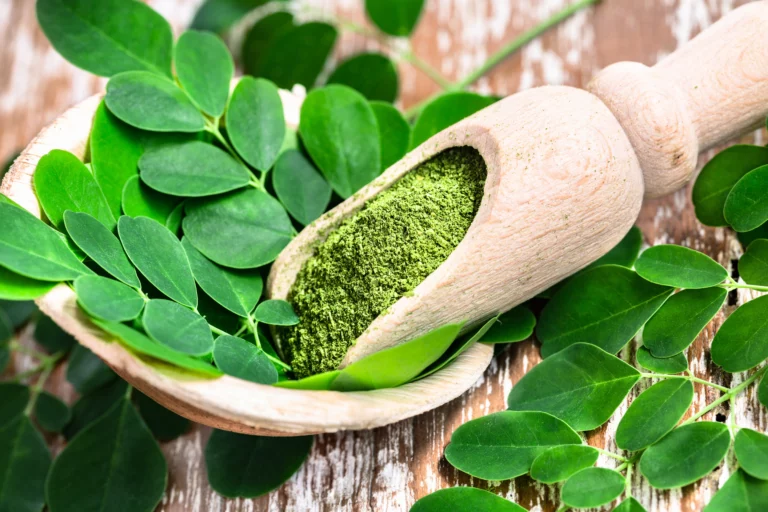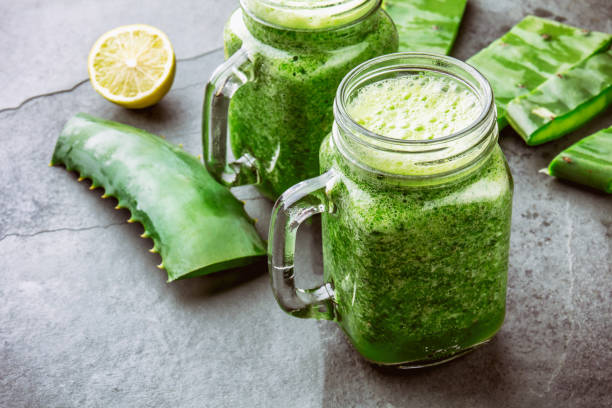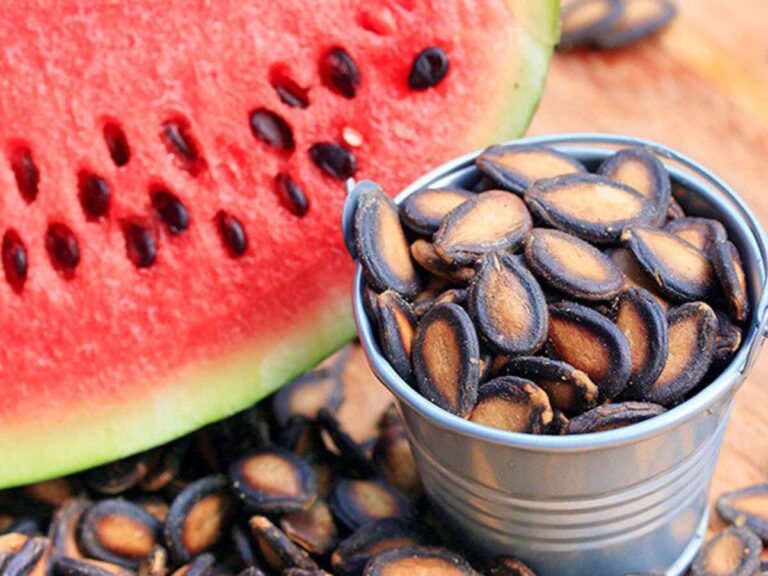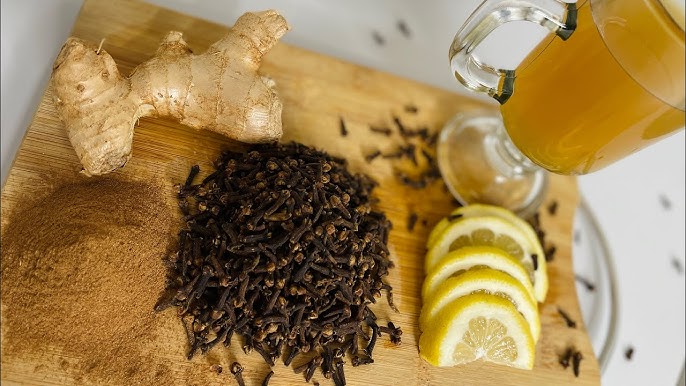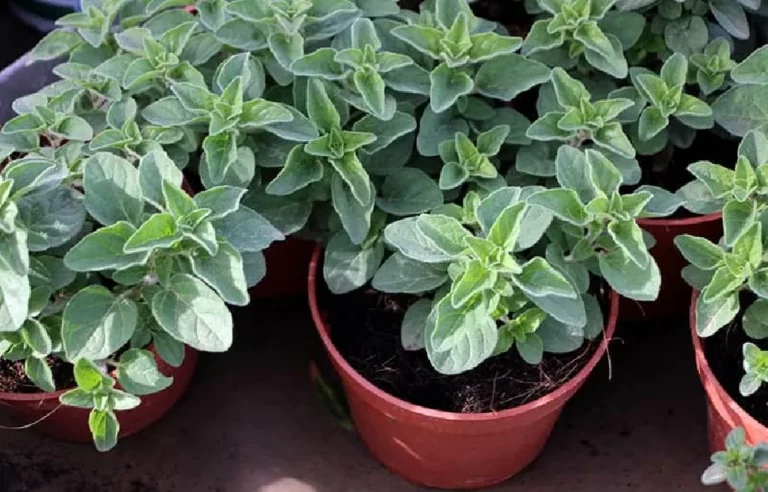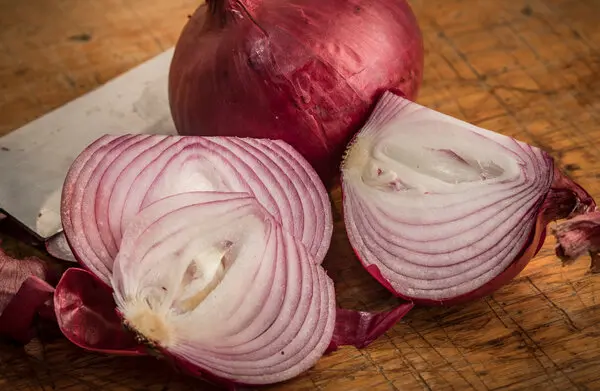For centuries, turmeric and honey have been revered in Ayurveda and traditional skincare for their transformative effects on the complexion. When combined, these two natural ingredients create a powerful face mask that tackles acne, brightens skin, and reverses signs of aging—all without harsh chemicals.
Why This Combination Works Wonders
Turmeric: The Golden Healer
✔ Anti-inflammatory – Reduces redness and calms irritated skin
✔ Antibacterial – Fights acne-causing bacteria
✔ Brightening – Lightens dark spots and evens skin tone
✔ Anti-aging – Boosts collagen production for firmer skin
Honey: Nature’s Moisturizer
✔ Hydrates deeply – Locks in moisture for a plump, dewy look
✔ Heals wounds – Speeds up recovery from breakouts
✔ Gentle exfoliation – Enzymes remove dead skin cells naturally
How to Make the Perfect Turmeric-Honey Mask
Ingredients:
- 1 tsp organic turmeric powder
- 1 tbsp raw honey (Manuka or local raw honey works best)
- (Optional) 1 tsp plain yogurt (for extra soothing benefits)
Steps:
- Mix turmeric and honey in a small bowl until smooth.
- Apply a thin layer to clean, dry skin (avoiding the eye area).
- Leave on for 10-15 minutes.
- Rinse off with lukewarm water, using gentle circular motions.
- Follow with moisturizer.
Best For:
- Acne-prone skin (reduces breakouts overnight)
- Dull, tired skin (instantly brightens)
- Hyperpigmentation (fades dark spots over time)
Pro Tips for Maximum Results
Patch test first – Turmeric can stain (especially on fair skin).
Use at night – The yellow tint washes off by morning.
2-3 times a week – Overuse may dry out skin.
Science-Backed Benefits
A Journal of Cosmetic Dermatology study found turmeric reduces acne lesions by 50% in 4 weeks.
Honey’s hydrogen peroxide content gently disinfects without irritation.
